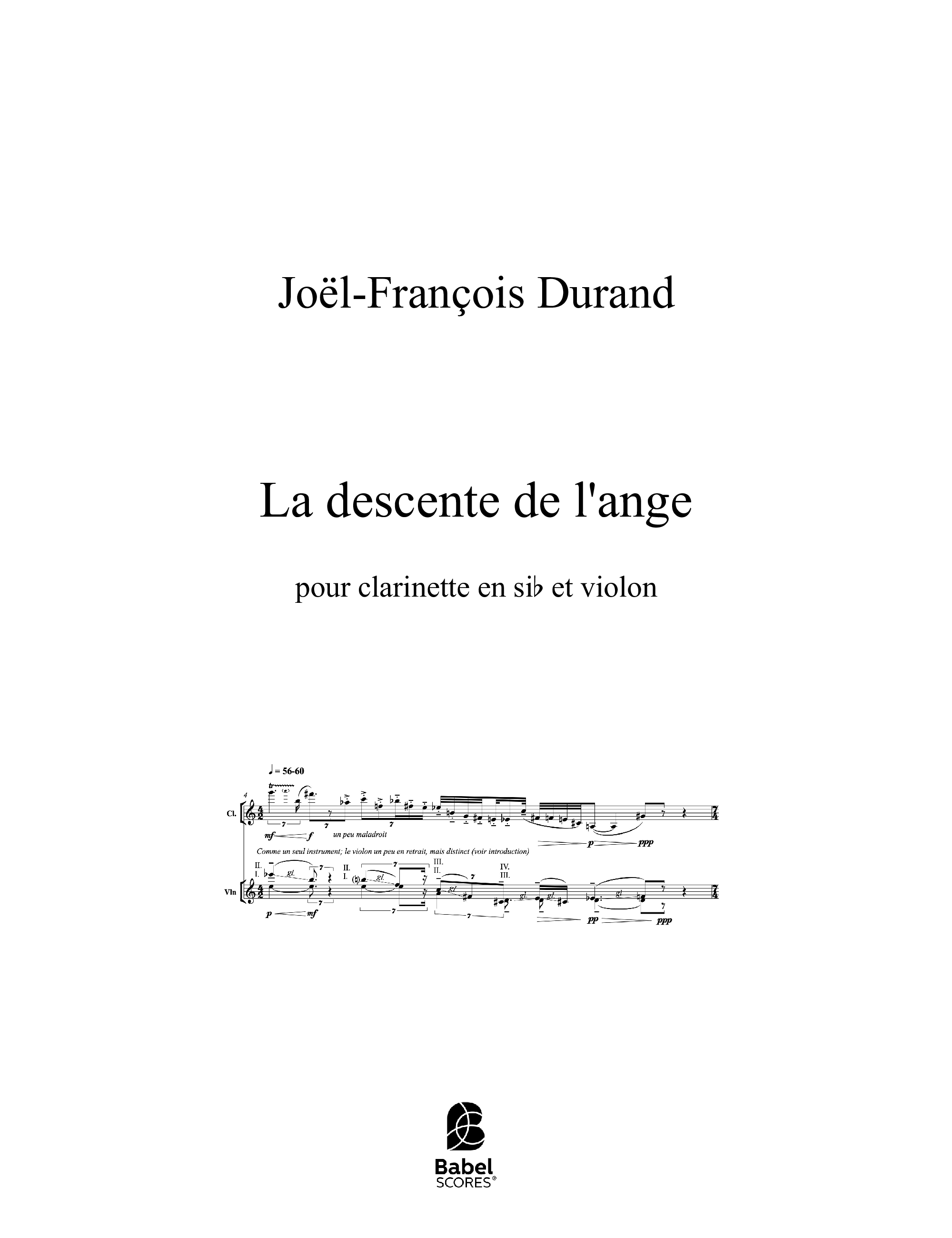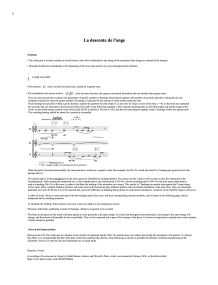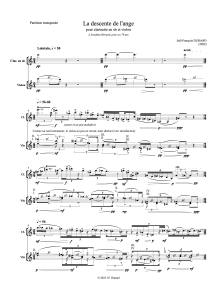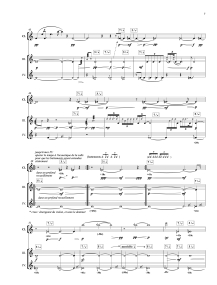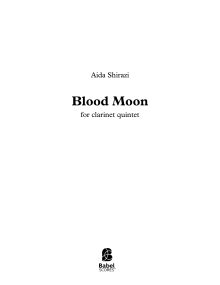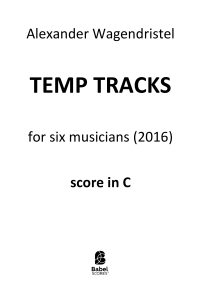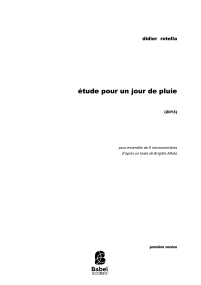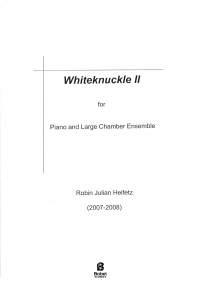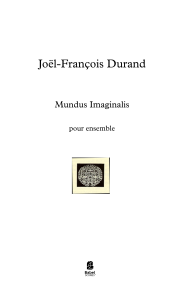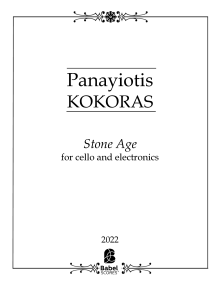La descente de l'ange
ISMN : 979-0-2325-6353-4
- Login to create your own lists
Durand La descente de l’ange
"La descente de l'ange," for Bb clarinet and violin was written in 2022 and is the fourth in a series of works in which I explore the use of the acoustic phenomenon of first-order beats as musical gestures to create structural and formal materials. In this piece, the appearance of the intervals that create the beats is reached very progressively: generally speaking, the musical phrases use intervals that get smaller and smaller, so that the ear is slowly guided into this world of very small intervals.
The formal trajectory is composed of a series of metamorphosis of the original gesture: in each step, the notion of melodic and harmonic interval changes slightly. At first, we hear a somewhat typical, descending melodic line in the clarinet, constantly disturbed by the sliding lines of the violin (first “disturbance). The ambitus of the melodic lines gets progressively smaller and, eventually, all the melodic motions are contained within a minor 2nd. These movements are centered around D, and soon even these tiny melodic movements stop; all that remains is the D. But as the intervals were getting smaller, the phenomenon of first-order beats started to become more and more apparent. Eventually, the D “disappears” because it is not moving anymore, and the beats themselves take center stage. The very notion of pitch is replaced by the static movement of the beat patterns. We have now reached the center of the metamorphosis: our perception has progressively shifted because the perspective in which the notes are presented has radically changed.
Retrospectively, we can now realize that the first measures of the piece already announced the zooming-in that constitutes the trajectory toward this last step; and we see that the germ for the beats that take center stage was already present in the descending melodic lines: it was actually the “disturbance” created by the violin line against the clarinet’s. It is then clear that the formal concept of the piece is not just a “variation” on the melodic lines heard in the first section, but the idea of disturbance between the two instruments.
Violin
Pages - 30

